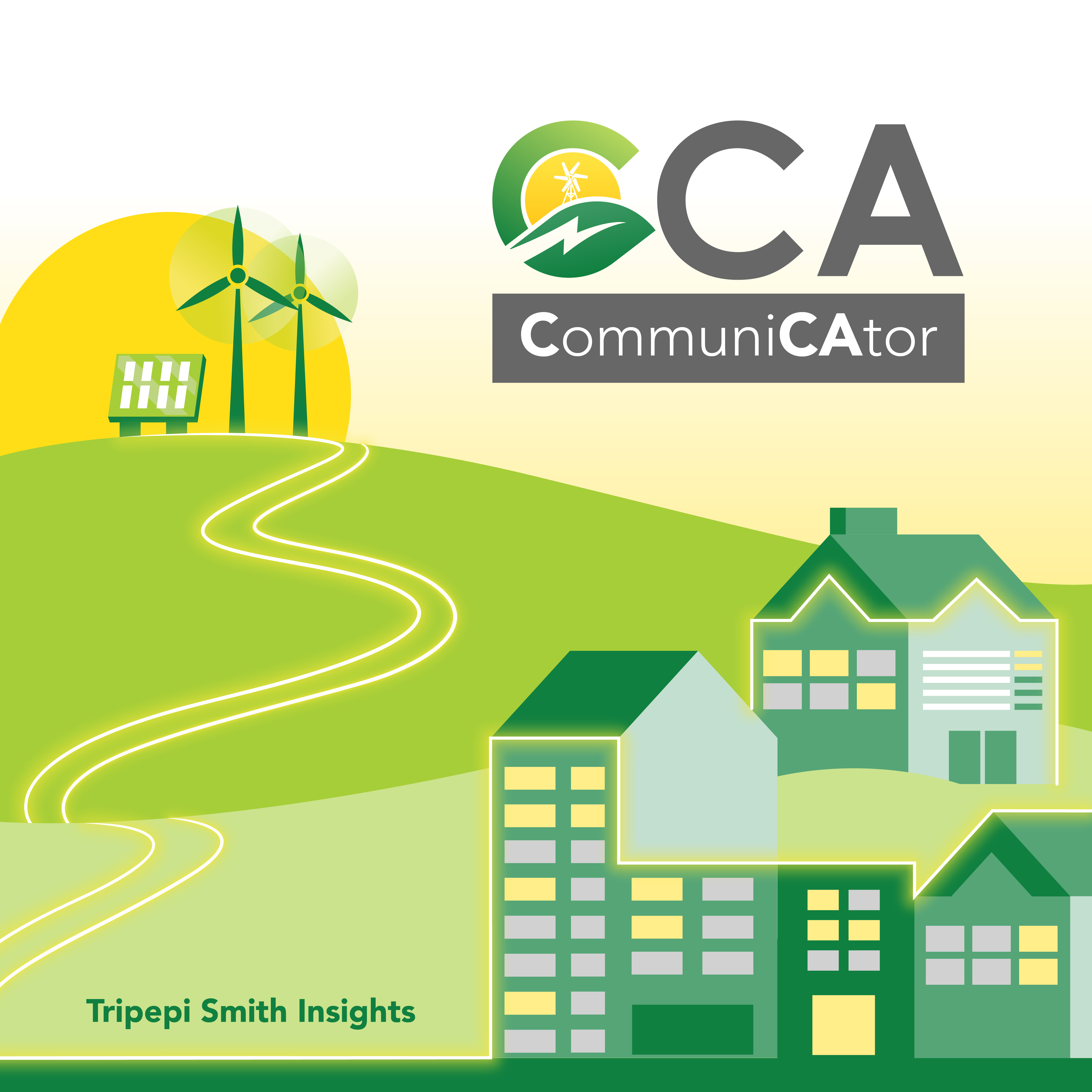Leading Successful CCAs: CalCCA’s New Model Practices
 Community Choice Aggregators (CCA) have become an essential part in providing clean energy to residents and businesses across California, with 25 CCA programs serving more than 11 million customers.
Community Choice Aggregators (CCA) have become an essential part in providing clean energy to residents and businesses across California, with 25 CCA programs serving more than 11 million customers.
Earlier this year, the California Community Choice Association (CalCCA) released its Model Practices Guide to promote sound governance for CCAs. This new guide serves to unify community choice energy providers by identifying responsible business practices that lead to successful CCAs.
Created by CalCCA subject matter experts on the Model Practices Committee, the Model Practices Guide offers guidance across a range of operational areas, including financial management, enterprise risk management, implementation and expansion planning, transparency and deregistration.
The guide addresses these functional goals:
- Help ensure that CCAs are consistently well-managed, financially secure, operating professionally and effectively governed by boards of elected or appointed officials;
- Facilitate a more deliberate exchange among Members of model practices for governance and operation;
- Enable CCAs to jointly anticipate and address challenges arising in regulatory and legislative venues and within the CCA community; and
- Communicate model practices to customers, governing boards, policymakers, financial institutions, the CCA community and the public.
Agencies are encouraged to use the guide to set the foundation for their operations while adjusting for scale, community interests and other unique circumstances. These model practices intend to provide CCAs with the tools to successfully meet the demands of their member cities and customers.
Beyond operational excellence, the framework outlined in the Model Practices Guide will enhance collaboration among CCAs and communication efforts to external stakeholders, including policymakers, governing boards, financial institutions and the public. In addition, it will strengthen each agency’s ability to address legislative and regulatory challenges that may arise.
The Model Practice Guides also explain how CCAs should provide transparency in their decision-making and records while avoiding the release of market-sensitive, confidential customer and third-party information. Agencies are encouraged to make information readily and easily accessible for customers on a single and centralized Key Documents page. Information to have available on the page includes organizational and governance documents, the Integrated Resource Plan and financial reports. By centralizing this information, customers can easily gain a comprehensive understanding of the various procedures that comprise a CCA and dispel inaccurate information that may lead customers to opt-out.
The Clean Energy Alliance (CEA) is one example of a CCA that excels in providing transparency and accessibility to its customers through its Key Documents page. By providing a single location for the important formation and governance documents, Integrated Resource Plan and financial reports, CEA has made it easy for customers to access crucial information about the organization. The page is designed to be user-friendly, making it simple for customers to locate the information they need quickly and efficiently. CEA’s commitment to transparency and accessibility has helped to build trust and engagement with its customers, demonstrating a clear dedication to openness and communication.
Tripepi Smith’s CCA CommuniCAtor Insights series examines aspects of and best practices for communicating the value and impact of CCAs to ensure community messaging is reaching and engaging key audiences to promote their involvement.
For more #AlwaysBeLearning insights from Tripepi Smith:
- Sign up for our email newsletter
- Add our RSS to your favorite RSS Feed reader
- Follow us on Facebook
- Like & Follow us on LinkedIn
- Follow us on Twitter
- Follow us on Instagram


